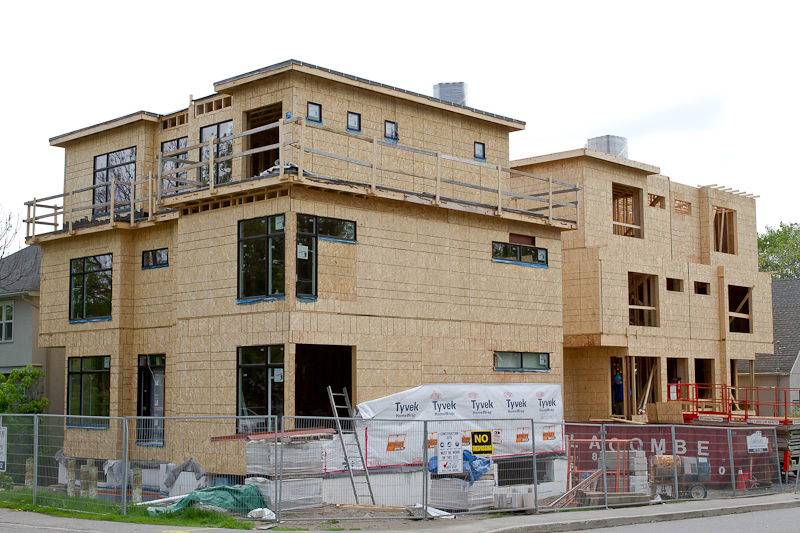Rising demand has prompted the City of Ottawa to consider rezoning specific areas for student housing, according to Capital Ward city councillor David Chernushenko.
The city became aware of the demand following a large influx of applications in the spring to convert single-family homes into multi-unit dwellings in Old Ottawa South, Chernushenko said.
Many of these homes are lived in by students.
“It was only when we got this surge in applications for this kind of thing that everyone from the neighbours, to councillors, to city staff realized, ‘Whoa, there’s a trend here,’” he said.
The increase in applications led the city on April 24 to create a temporary bylaw, halting these types of conversions.
“Several developers were exploiting a loophole that allowed them to convert modest, typically single-family dwellings on residential streets to something much different,” he said.
The bylaw is only specific to two neighbourhoods in Ottawa—Old Ottawa South and Sandy Hill—two hot-spots for student housing.
The bylaw is not about restricting students, but restricting the buildings, Chernushenko said.
“This isn’t about saying, ‘Oh no! More students living in my neighbourhood!’ Students have always lived in Old Ottawa South and Sandy Hill,” he said.
“This is really about the form of the house. It’s too many people on one site. It’s too big a building compared to all of the houses around it.”
These buildings do not just change the appearance of the neighbourhood, but pose safety risks, Chernushenko said.
One of the students living in a converted home was Michelle Duquette, a third-year student at Carleton University.
This past school year, Duquette lived in a house on Seneca Street in Old Ottawa South.
The house was originally built with three bedrooms but was converted to fit eight people, according to Duquette.
The basement, living room, dining room, and front foyer were all converted into bedrooms. The only common space left was a kitchen and a very small den.
Duquette said the bedroom that used to be a foyer was the worst part of the house.
“It was small and cramped and not properly insulated,” Duquette said, adding that the room was so cold in the winter that her roommate had to use a space heater.
The house cost $4,000 a month, which meant each student paid $500 plus all utilities, Duquette said.
According to the website for the home, ottawa4rent.ca, the house now costs $550 per person.
“My landlord is making a lot of money because it’s such a prime location,” she said.
“Students are going to put up with living in these conditions because they don’t want to pay [more].”
Duquette said she would love to see the city help create and regulate more off-campus student housing.
“Students in Ottawa feel pressured in the real estate game and there isn’t a place for them to look when they go off-campus,” she said.
“We have no student ghetto like other cities have, but we’re still living in a big city.”
Chernushenko said the market for student housing has and will always be there, and it is time for the city to play catch up.
“We would do this in concert with the school administrators and some developers to see what it would take for them to build a building that would cater to that market,” he said.
He said private, off-campus housing could cater to students’ need for affordability and convenience, ensure a higher level of safety, and also make it easier to hold students responsible to the building and neighbours.






